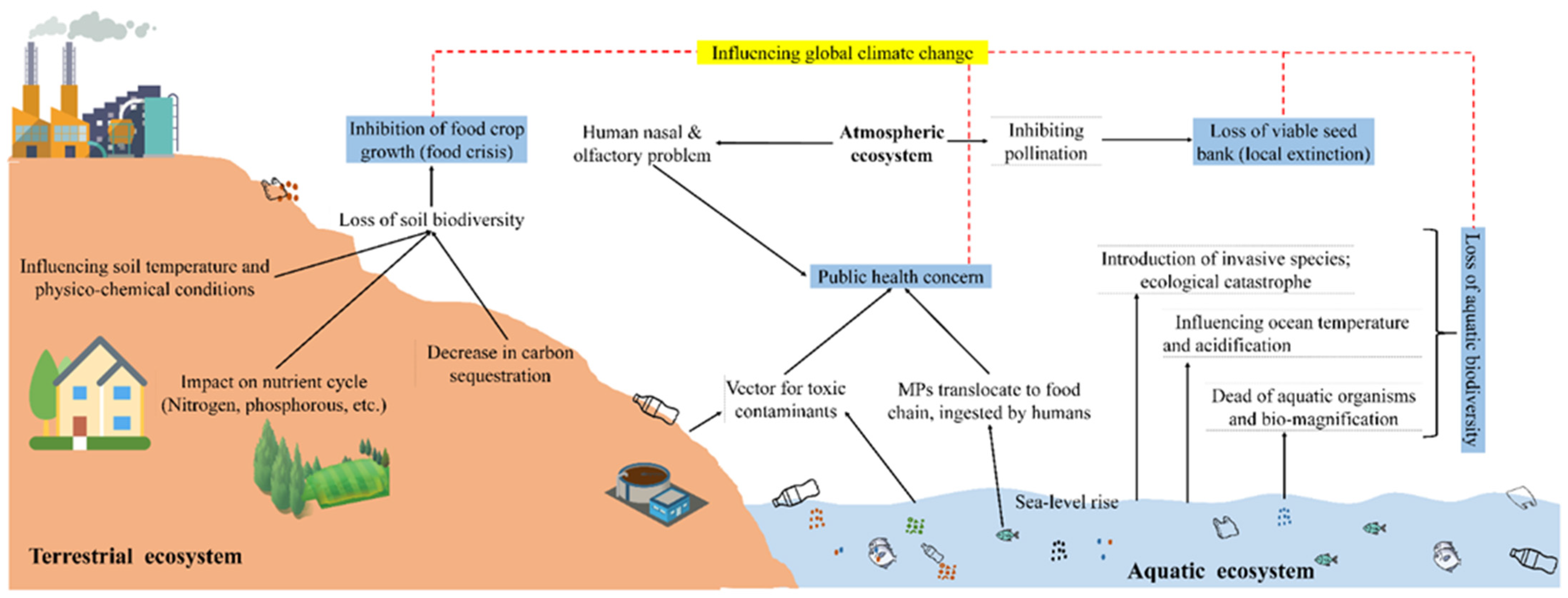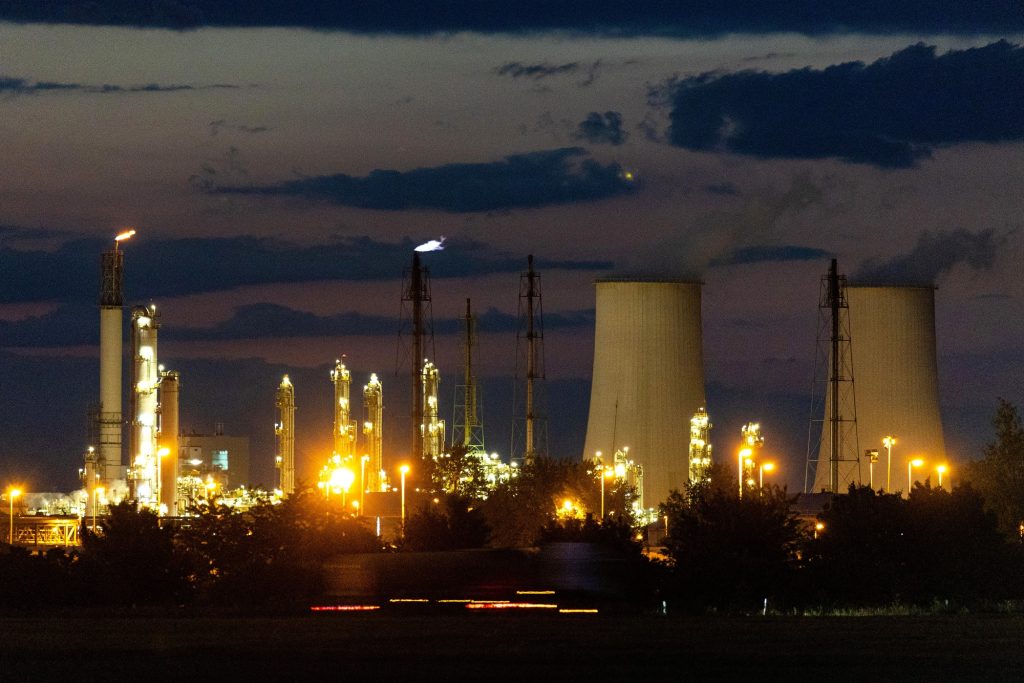European law bans the use of certain substances, such as asbestos and specific pesticides. These chemicals include those listed under REACH and CLP regulations.
Navigating the complex landscape of European regulations is crucial for ensuring compliance and maintaining market access. Knowledge of prohibited items and chemicals in Europe is vital for businesses and consumers alike. The regulatory framework, primarily driven by the Registration, Evaluation, Authorisation and Restriction of Chemicals (REACH), and the Classification, Labelling and Packaging (CLP) regulations, outline strict guidelines on the use and disposal of hazardous materials.
This protective measure safeguards public health and the environment from the risks associated with toxic substances. By staying informed on these restrictions, manufacturers, importers, and suppliers can avoid legal pitfalls and enhance their commitment to consumer safety and environmental stewardship.
Examining European Waste Streams
European waste streams are complex and varied. Discarded items include electronics, plastics, and metals. These materials may come from homes, factories, or offices. Hazardous substances are a major concern.
- Batteries often contain lead, mercury, or cadmium.
- Electronic waste, like old phones, holds valuable metals but also dangerous chemicals.
- Plastic products can leave behind persistent organic pollutants (POPs).
These pollutants prove tough on our environment. They can harm wildlife and human health alike. Experts are working on green ways to manage waste. Recycling and disposal rules are strict to keep us safe. Remember, many everyday items fall under these rules.

Credit: www.bloomberg.com
Legislative Framework Governing Waste
The European Union’s (EU) legislative framework includes a variety of directives and policies that deal with waste disposal and chemical usage. A key set of regulations are the Waste Framework Directive and the Registration, Evaluation, Authorisation and Restriction of Chemicals (REACH). These rules help protect the environment and public health. The EU also takes into account international agreements. The Basel Convention on the Control of Transboundary Movements of Hazardous Wastes and Their Disposal impacts how waste is managed. The Stockholm Convention on Persistent Organic Pollutants (POPs) seeks to eliminate or restrict the production of harmful chemicals. EU laws reflect these global concerns, requiring member states to follow strict guidelines.
Histories Of Abandonment
European waste management practices have evolved significantly over time. Early approaches often lacked regulation, leading to environmental concerns. Today, strict laws exist to prevent such issues. Historical trends show a move from unrestricted dumping to more sustainable practices. Chemicals and items once commonly discarded are now under scrutiny. The European Union has implemented measures to abandon the use of hazardous materials. The shift towards recycling and reusing items reflects growing environmental awareness. Infamous case studies reveal the consequences of poor waste management. For instance, the disposal of toxic electronic waste has led to significant soil and water contamination. Through such examples, legal frameworks have tightened to ensure safety and sustainability. These changes highlight the ongoing considerations in European waste management policies.

Credit: www.mdpi.com
Environmental Impact Of Abandoned Waste
Abandoned waste significantly harms natural habitats. It disrupts ecosystems and reduces areas where animals and plants live. Pollutants from discarded items affect soil and water quality, hurting organisms that depend on these resources. These changes can lead to a loss in biodiversity. Certain chemicals, such as pesticides and heavy metals, can accumulate in wildlife. This bioaccumulation endangers species survival. Plants, insects, birds, and other wildlife often experience reduced reproduction rates and abnormal growth. For humans, these chemicals can enter the food chain. This exposure poses risks like cancer and developmental issues. Waste containing toxic substances can lead to water and air pollution. Such pollution causes respiratory ailments and other health problems.
Chemical Watchlist In The Eu
The EU’s chemical watchlist focuses on safety and health. Certain criteria determine chemical restrictions. These include toxicity, persistence, and bioaccumulation. Authorities assess environmental risks and public health impacts. Exposure levels and potential hazards guide their decisions. High-risk chemicals receive extra attention. These chemicals can seriously harm people and the environment. The EU’s watchlist helps identify and control them. A table of such substances is regularly updated by the EU.
| Chemical | Use | Risk Level |
|---|---|---|
| Mercury | Various Industries | High |
| Lead | Batteries, Paint | High |
| Cadmium | Electronics, Coatings | High |

Credit: www.crisisgroup.org
E-waste And Its Challenges
Plastics And Microplastics Problematic
The European Union takes a firm stance against single-use plastics. On July 3, 2021, a new rule was set. It bans some plastic items. Think of straws, cutlery, plates, and stirrers. These are no longer allowed. Shops cannot sell them anymore. This helps stop plastic waste in oceans. Microplastic pollution is another big worry. Tiny plastic pieces harm sea life. They even enter our food chain. The EU works hard to reduce this. They want to design better filter systems. These systems will catch tiny plastics. They are in things like washing machines. Filters stop them from reaching rivers and seas.
The Lifecycle Of Pharmaceuticals
The journey of medicines doesn’t end after they cure us. Leftover drug residues find their way into our environment. These substances can harm wildlife and ecosystems. It is crucial to regulate pharmaceuticals to protect nature. European law focuses on preventing pollution from these chemicals. This means making sure that old medicines are safely thrown away. It also includes checking that factories making drugs do not hurt our planet.
Agricultural Waste And Pesticides
The health of our land and water is crucial. Pesticides can harm these vital resources. They can stay in the ground and in water for a long time. This makes it dangerous for people, plants, and animals. Europe’s laws work to protect our environment. They limit or stop the use of harmful chemicals. These laws help make sure farmers use safer methods. This keeps our land and water clean. To manage agricultural waste, rules are strict. Farmers must not harm the environment. They must dispose of waste properly. This includes old pesticides and containers. Safe disposal helps keep our earth healthy. EU regulations control how to use pesticides. This ensures the safety of our food and environment. By following the rules, we keep our lands productive. We also protect the animals and plants that live there.
Progress In Waste Management And Reduction
Europe has made significant strides in waste management. Countries have adopted practices that greatly reduce the amount of unwanted materials. Noteworthy methods include improved recycling techniques and innovation in waste processing. A shining example, Sweden, recycles nearly 99% of its household waste. Different regions have developed unique solutions. For instance, Germany has implemented a green dot program where producers are responsible for packaging waste. This has led to a dramatic decrease in packaging waste.
| Country | Innovation | Impact |
|---|---|---|
| Sweden | Recycling | 99% household waste recycled |
| Germany | Green Dot Program | Reduced packaging waste |
New recycling technologies are constantly emerging. They turn waste into building materials or energy. This minimizes the need for new resources and lessens environmental harm. Such successful approaches are vital for sustainable waste management.
Forging A Path Towards A Circular Economy
Europe is embracing the circular economy by limiting waste. The goal is to keep items and materials in use as long as possible. This shift involves reducing the consumption of new resources. Citizens need to understand which substances are no longer in circulation. This knowledge is crucial for effective recycling and reuse. Businesses adapt by finding innovative ways to reuse materials. They design products that can be easily repaired or recycled. This approach helps to create sustainable consumption patterns. The European laws now push companies towards eco-friendly practices. These changes are vital for a greener future and resource conservation.
Frequently Asked Questions Of We Should Know Which Items And Chemicals Are Abandoned In European Law
What Chemicals Are Banned In The Eu?
Several chemicals are restricted in the EU, including persistent organic pollutants (POPs), certain pesticides, and substances like asbestos and lead.
How Are Hazardous Items Regulated In Europe?
The EU regulates hazardous items through directives such as REACH, RoHS, and WEEE, which control the use, disposal, and recycling of hazardous substances.
Can You List Phased-out Eu Chemicals?
Phased-out EU chemicals include bisphenol A in baby bottles, certain phthalates in toys, and neonicotinoid insecticides due to their environmental impact.
What Are Recent Eu Chemical Legislations?
The EU’s recent legislation includes updates to the REACH regulation, Biocidal Products Regulation, and the Classification, Labelling and Packaging (CLP) Regulation.
Is Asbestos Banned In All European Countries?
Yes, asbestos is banned for all new uses in EU countries due to its severe health risks, with specific regulations for its removal and disposal.
How Does The Eu Manage Electronic Waste?
The EU manages electronic waste through the WEEE Directive, which mandates the recycling and proper disposal of electronic and electrical equipment.
Are There Restrictions On Plastic Use In The Eu?
Yes, the EU has restrictions on single-use plastics, aiming to reduce plastic waste and promote environmentally friendly alternatives.
Conclusion
Navigating the complexities of European regulations can be daunting. By staying informed about banned substances and items, we protect our health and environment. Empowerment comes from knowledge—let’s commit to understanding and adhering to these laws. For a safer tomorrow, awareness is the key.
Keep informed, stay compliant.

